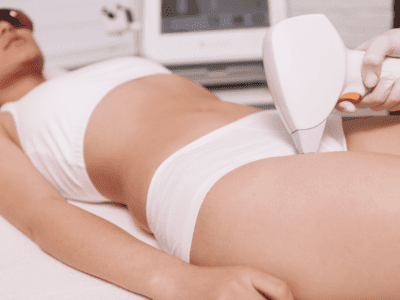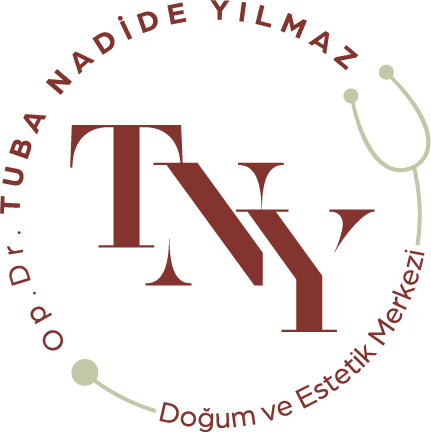The word caesarean section is derived from the Latin word 'Caesar' (to cut). Caesarean section is the abdominal delivery of fetuses 20 weeks and older through an incision on the abdominal wall and uterus. It is the most common surgery performed in gynecology and obstetrics practice.
History of Caesarean section
Amerika’da ilk başarılı sezaryen ameliyatı 1794 yılında bir türlü doğum yapamayan eşini ameliyat eden Dr. Jesse Bennett tarafından gerçekleştirildi ve bebekte annede hayatta kalmayı başardı. Ülkemizde ilk başarılı sezaryen ameliyatı Cemil Topuzlu tarafından Nişantaşı’nda bir konakta gerçekleştirildi.
In 1928, penicillin was discovered by Alexander Fleming and with the introduction of penicillin, infections after caesarean section decreased considerably and mortality rates began to fall. Caesarean section rates have increased significantly over the years due to improvements in operation and anesthesia techniques. However, the reason for the increase in the rate is actually multifaceted.
Women are getting married at a later age, conceiving at a later age and wanting to have fewer children than in the past. As a result of infertile couples conceiving with treatment, the concepts of 'risky pregnancy' and 'precious pregnancy' have emerged.
Ultrason ve fetal monitörizasyon yöntemlerinin daha sık kullanılması ile birlikte fetal iyilik hali hakkında daha bilgi edinilmeye başlanmıştır. Vaginal doğum travmaları sonucu sekel kalan bebeklerin ailelerinin tekrar vaginal doğumu istememeleri de sebepler arasındadır.
Some women experience anxiety about labor and prefer a cesarean section. In addition, fetal positioning (such as breech or lateral positioning) also contributes to an increase in cesarean section rates.
Who Should Have a Caesarean Section?
- Multiple pregnancies (except for fraternal twins with head/head presentation)
- Placenta previa (the condition in which the baby's partner comes in front and adheres to the cervix)
- Cervical cancer
- Women who had a previous cesarean section
- Fetal posture disorder
- Fetal distress (fetal stress, recurrent abnormal heartbeat drops)
- Preeclampsia and eclampsia (pregnancy poisoning)
- Dystocia (prolonged labor)
What should be done before cesarean section?
If cesarean section is to be performed under elective conditions (by appointment); Oral intake of the patient is discontinued for 8 hours before the operation, tests are requested, Anesthesia physician evaluation is made General or regional anesthesia (spinal or epidural) patient and spouse are informed. Signed consent forms are obtained from the patient and spouse. In emergency cesarean section, these conditions are quickly evaluated and acted accordingly.
What is the recovery time after cesarean section?
After cesarean section, patients are followed up in the hospital for an average of 48 hours and if everything is fine, they are discharged. After the operation, if our patient has received general anesthesia, oral intake is opened after an average of 4-6 hours. If regional anesthesia is applied, oral intake is opened immediately after the operation.
After surgery, the gastrointestinal system starts to function after 6 hours on average. Gas discharge occurs in most of our patients in the first 24 hours. Epithelialization of the wound lips, i.e. fusion, takes place in the first 24 hours. Generally, our patients recover on the 7th day after cesarean section so that they can take care of themselves and their baby comfortably.
So when should you take a bath?
Since waterproof tapes are adhered to the wounds of our patients after cesarean section, our patients can take a shower if they wish shortly after they start walking and eating after surgery.
When should I be checked after a cesarean section?
Many physicians invite their patients for a follow-up visit in the first week after cesarean section. If there is a special situation, your doctor will inform you about your control processes.










